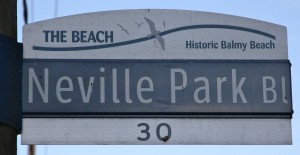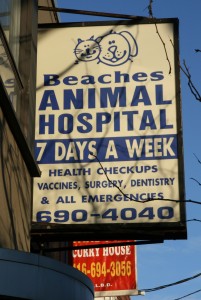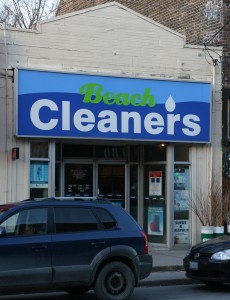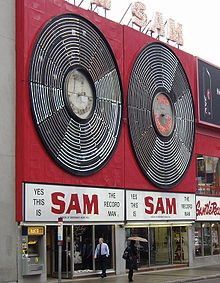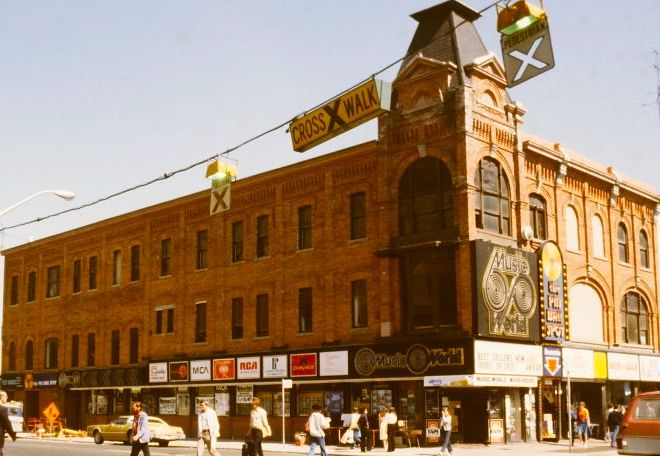Herb Carnegie dreamed of becoming the Jackie Robinson of the NHL, but colour barriers wouldn’t come down until a few years after his playing days were done.
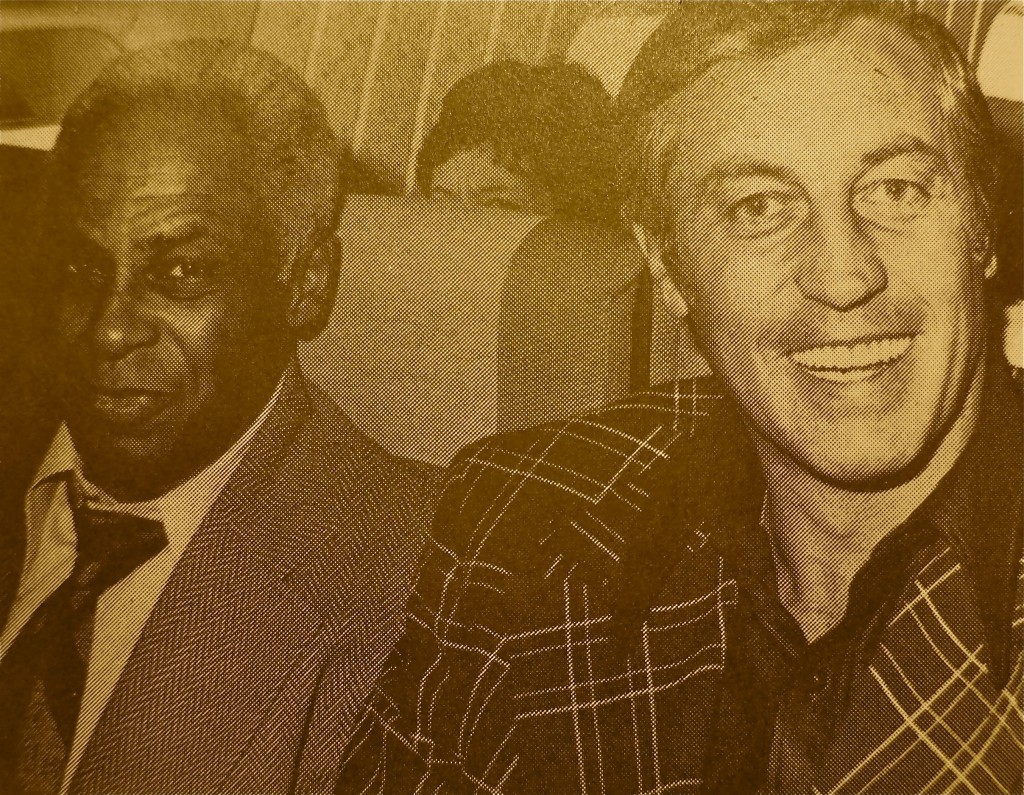
This story first ran in The Globe and Mail on March 25, 2006. Herb Carnegie died in 2012, but I’ve posted the yarn here in December, 2014, at the request of a couple of people who read my posts about the now late Jean Beliveau, who also figures prominently in the tale.
By STEPHEN WICKENS
Imagine growing up hockey-crazed, making yourself plenty good enough for a shot at the big leagues, and then learning the NHL is off limits because your skin’s the wrong colour.
The average Canadian male would be crushed or incurably bitter. But for Herb Carnegie, who lived that scenario, the experience somehow became the motivation for more than a half-century of giving back to Toronto.
“There’s still a wound,” Mr. Carnegie said last week, at his kitchen table in the Donway Place seniors residence. But Mr. Carnegie — 86, widowed and blind — is in no hurry to speak of life’s injustices. He prefers to talk about the volunteers who have helped him provide scholarships for young people and about his Future Aces creed, which has been adopted by nearly 200 Ontario schools to help kids develop positive attitudes.
It’s for these accomplishments that he will be honoured Thursday at a 50th-anniversary Future Aces gala at the Toronto Centre for the Arts. Next month, he will present 30 teens from five provinces with scholarships based on academics, need and commitment to their communities. In June, York University is awarding him an honorary doctorate to go with the Order of Canada membership he received in 2004.
“I’d loved the game since I was 7½,” he says after the discussion is steered back to hockey. “We’d play all day on ponds in Willowdale, then listen on the radio to Foster Hewitt and Hockey Night in Canada. I wanted to be a Maple Leaf.”
But that loyalty led only to heartbreak in the late 1930s, when he learned that Leafs owner Conn Smythe was telling people he would pay $10,000 “to anyone who could turn Carnegie white.”
Pigmentation might have ruled out the Leafs, but the smooth-skating centre wouldn’t drop his National Hockey League dream — even if his dad urged him to go to university, instead of “wasting time on a league that will never accept a black man.”
For a while, the younger Carnegie hoped to prove his dad wrong. He was a three-time team MVP in the Quebec Senior Hockey League, which sent Hall of Famers Jean Béliveau, Doug Harvey and Jacques Plante to the powerhouse Montreal Canadiens. And colour barriers were falling in other sports — football (1946), baseball (1947) and basketball (1950).
“I followed Jackie Robinson closely,” Mr. Carnegie says of the first black athlete to play Major League Baseball. Before he made the Brooklyn Dodgers, Mr. Robinson played for the Montreal Royals, not far from Sherbrooke, Que., where Mr. Carnegie was playing hockey. It wasn’t long after Mr. Robinson’s breakthrough, Mr. Carnegie says, that “I got my invitation to the [1948 New York] Rangers training camp.”
That camp was the closest Mr. Carnegie would get to the NHL. By some accounts, he clearly belonged, but the Rangers offered only a minor-league spot — for which he would have to take a pay cut and uproot his family. In exchange, he would maybe get a shot the next season as a 30-year-old rookie. Instead, he returned to Quebec and didn’t even get a call when two of the Rangers’ centres were hurt in a car crash.
“No NHL team had the guts,” he says, making a comparison with baseball manager Branch Rickey, who gave Mr. Robinson his break.
Many who saw Mr. Carnegie play in his prime say he should have had a shot at the NHL, including Mr. Béliveau, a young Quebec Aces teammate during Mr. Carnegie’s final years.
“There were only six teams then, 120 jobs,” Mr. Béliveau says. “But Herbie was very good — a real playmaker who scored his share of goals, a beautiful skater. I will say he never got a fair shot, and it was because of his skin. Everyone in our dressing room loved him. You need those players to win championships.”
The NHL admitted its first black player, Willie O’Ree — who played for the Boston Bruins — in 1958. But by then Mr. Carnegie was four years into retirement from hockey, back in North York and well on his way to a new life, including his Future Aces (which he started as a hockey school before it evolved into a motivational program for young people), a successful 32-year career as a financial planner and two national seniors golf titles.
“Closing the door on hockey was hard,” says Mr. Carnegie, who credits his late wife, Audrey, with providing much-needed support.
“It was scary,” he remembers, suddenly finding himself in his mid-30s, a black man in WASP Toronto, with four kids and no career prospects.
“I had this feeling of being shut out. When I would hear about freedom and democracy, our great way of life and all this, I would say, ‘Don’t tell me that stuff! Show me!’ ”
But then Mr. Carnegie started coaching kids. “It was like therapy,” he says. “Their smiles, the support of their parents — it was fuel for my soul. I’d found my purpose in life, and it all built from there.”
Mr. Carnegie is not a religious man, though he thinks his spirit may have been nurtured in some way by attending a Baptist church as a child. He credits loving parents (immigrants from Jamaica in 1912) and his in-laws, the Redmons. He also speaks of “a great gift, a life lesson,” he took from a high school coach at what was then known as Northern Vocational School.
“His name was Bob Crosby, and it’s like I can still hear his voice,” Mr. Carnegie says, explaining that he and the coach had just heard a racial slur from the stands at Maple Leaf Gardens. “Bob leaned down and told me, ‘The way to answer that is to turn the red [goal] light on.’ ”
Mr. Carnegie wrote his Future Aces creed in part to help himself get past his post-hockey pain, but he soon realized that the idea of living according to words such as attitude, co-operation, education and sportsmanship was universally applicable. Today, if you go to the website [http://www.futureaces.org], you’ll find the creed in 15 languages, and according to Mr. Carnegie, “we’re working on more.”
Jim Colby, 61, who attended the first Future Aces hockey school at the old open-air Mitchell Field rink on McKee Avenue, sees himself as lucky in life. “But it was really lucky that I got to know Herb,” he says. “At the hockey school, I was 12 or so, and my self-image was pretty battered. But this guy thought I was fine — and I was a crappy hockey player.”
Mr. Colby, who went on to earn a PhD and become a language tester for the Department of National Defence, saw no evidence Mr. Carnegie felt hard done by. “Herb never lost his temper, even in what must have been his lowest times. He commanded respect, but we all loved him,” Mr. Colby says.
Jean Béliveau, considered one of the classiest men ever to play hockey, calls Mr. Carnegie a true hero. “As a human being, when you see all he’s done . . . even today, he’s still contributing. Every Canadian should know his story,” says the NHL legend, who will be part of a taped tribute at Thursday’s event.
Tonight, it will be like old times.
Mr. Carnegie will sit by the radio, listening to the Toronto-Montreal game. “I’ll cheer for the Leafs, of course,” he says. “Nobody with the present team was ever unfair to me.”
And would he trade all his accomplishments of the past 50 years for a chance to go back in time and play in the NHL?
“I’ve had people say, ‘Thank God you never made it, because you probably would never have done all these things.’ Well, that may be, but we can never be sure.
“I don’t know how to answer,” he says, voice cracking. “When it came to hockey, I wasn’t a coloured kid, I was just a Canadian boy dreaming of the NHL, like all the others. I wanted that so badly.”

